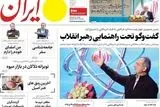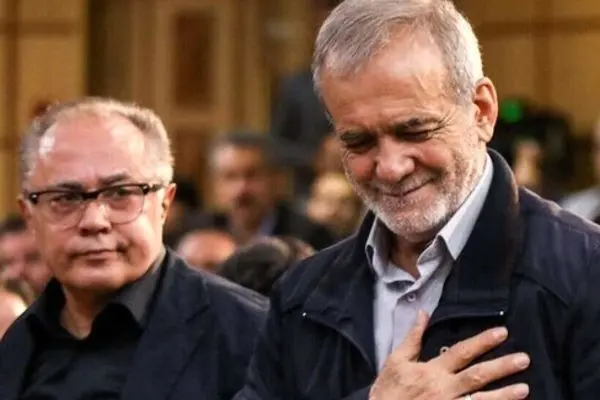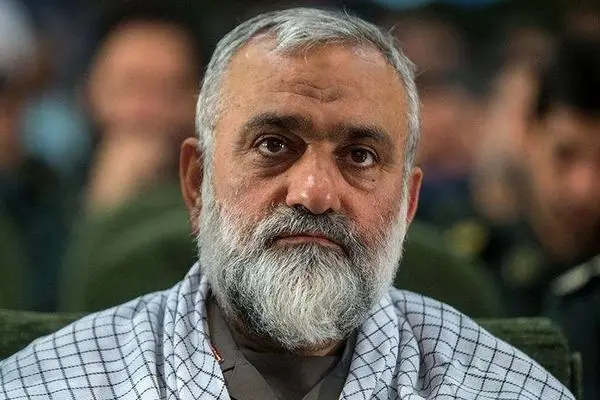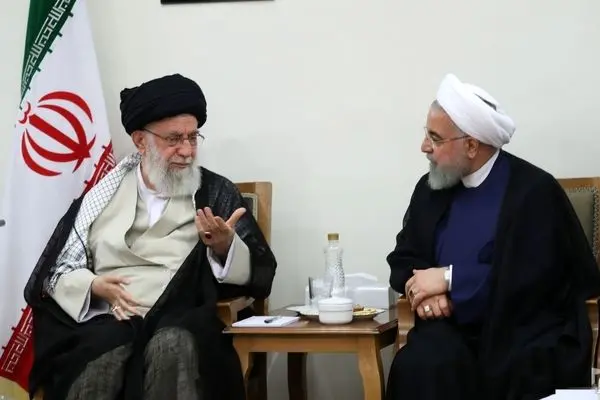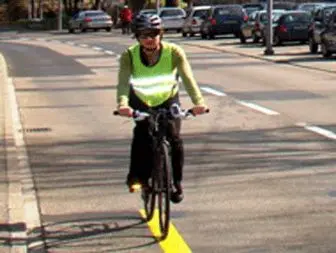
For children and young people, physical activity includes play, games, sports, transportation, chores, recreation, physical education, or planned exercise, in the context of family, school, and community activities.
In order to improve cardiorespiratory and muscular fitness, bone health, and cardiovascular and metabolic health biomarkers:
Children and youth aged ۵–۱۷ should accumulate at least ۶۰ minutes of moderate - to vigorous - intensity physical activity daily.
Amounts of physical activity greater than ۶۰ minutes provide additional health benefits.
Most of the daily physical activity should be aerobic. Vigorous - intensity activities should be incorporated, including those that strengthen muscle and bone*, at least ۳ times per week.
*For this age group, bone - loading activities can be performed as part of playing games, running, turning or jumping.
Physical activity for all
These recommendations are relevant to all healthy children aged ۵–۱۷ years unless specific medical conditions indicate to the contrary.
The concept of accumulation refers to meeting the goal of ۶۰ minutes per day by performing activities in multiple shorter bouts spread throughout the day(e. g. ۲ bouts of ۳۰ minutes), then adding together the time spent during each of these bouts.
Whenever possible, children and youth with disabilities should meet these recommendations. However they should work with their health care provider to understand the types and amounts of physical activity appropriate for them considering their disability.
These recommendations are applicable for all children and youth irrespective of gender, race, ethnicity, or income level.
For inactive children and youth, a progressive increase in activity to eventually achieve the target shown above is recommended. It is appropriate to start with smaller amounts of physical activity and gradually increase duration, frequency and intensity over time. It should also be noted that if children are currently doing no physical activity, doing amounts below the recommended levels will bring more benefits than doing none at all.
Benefits of Physical Activity for Young People
Appropriate practice of physical activity assists young people to:
develop healthy musculoskeletal tissues(i. e. bones, muscles and joints);
develop a healthy cardiovascular system(i. e. heart and lungs);
develop neuromuscular awareness(i. e. coordination and movement control);
maintain a healthy body weight.
Physical activity has also been associated with psychological benefits in young people by improving their control over symptomps of anxiety and depression. Similarly, participation in physical activity can assist in the social development of young people by providing opportunities for self-expression, building self-confidence, social interaction and integration. It has also been suggested that physically active young people more readily adopt other healthy behaviours (e.g. avoidance of tobacco, alcohol and drug use) and demonstrate higher academic performance at school.






